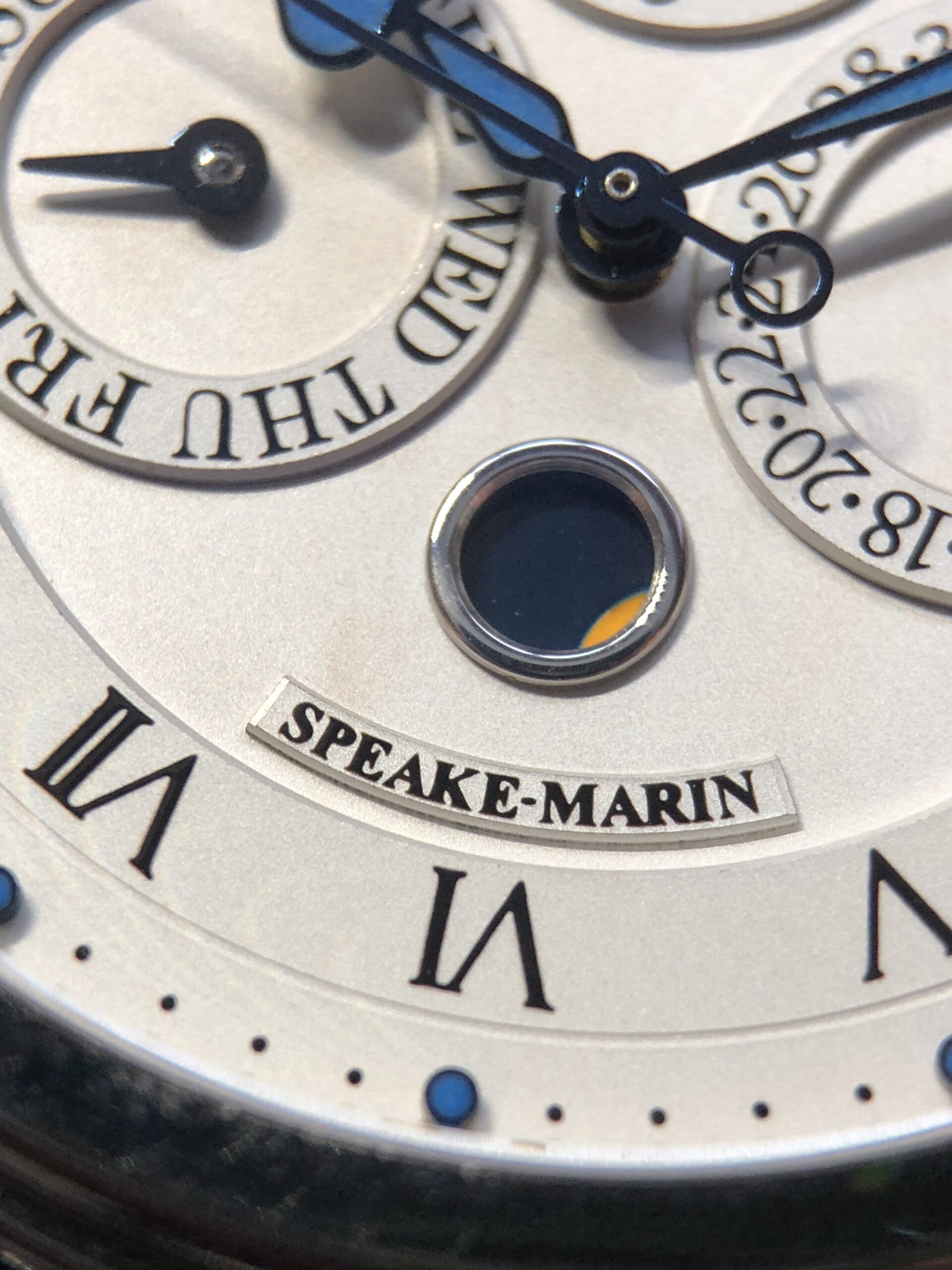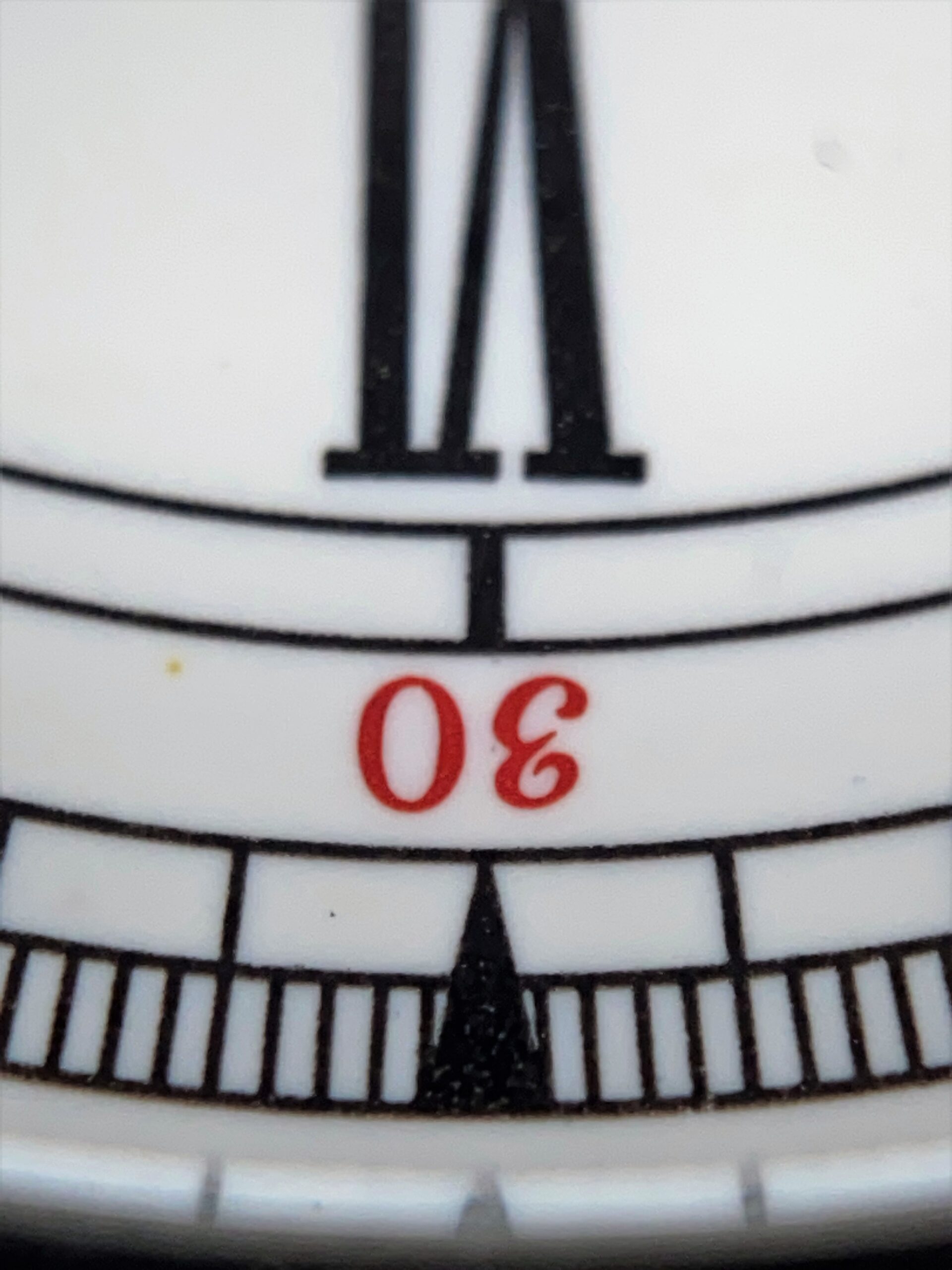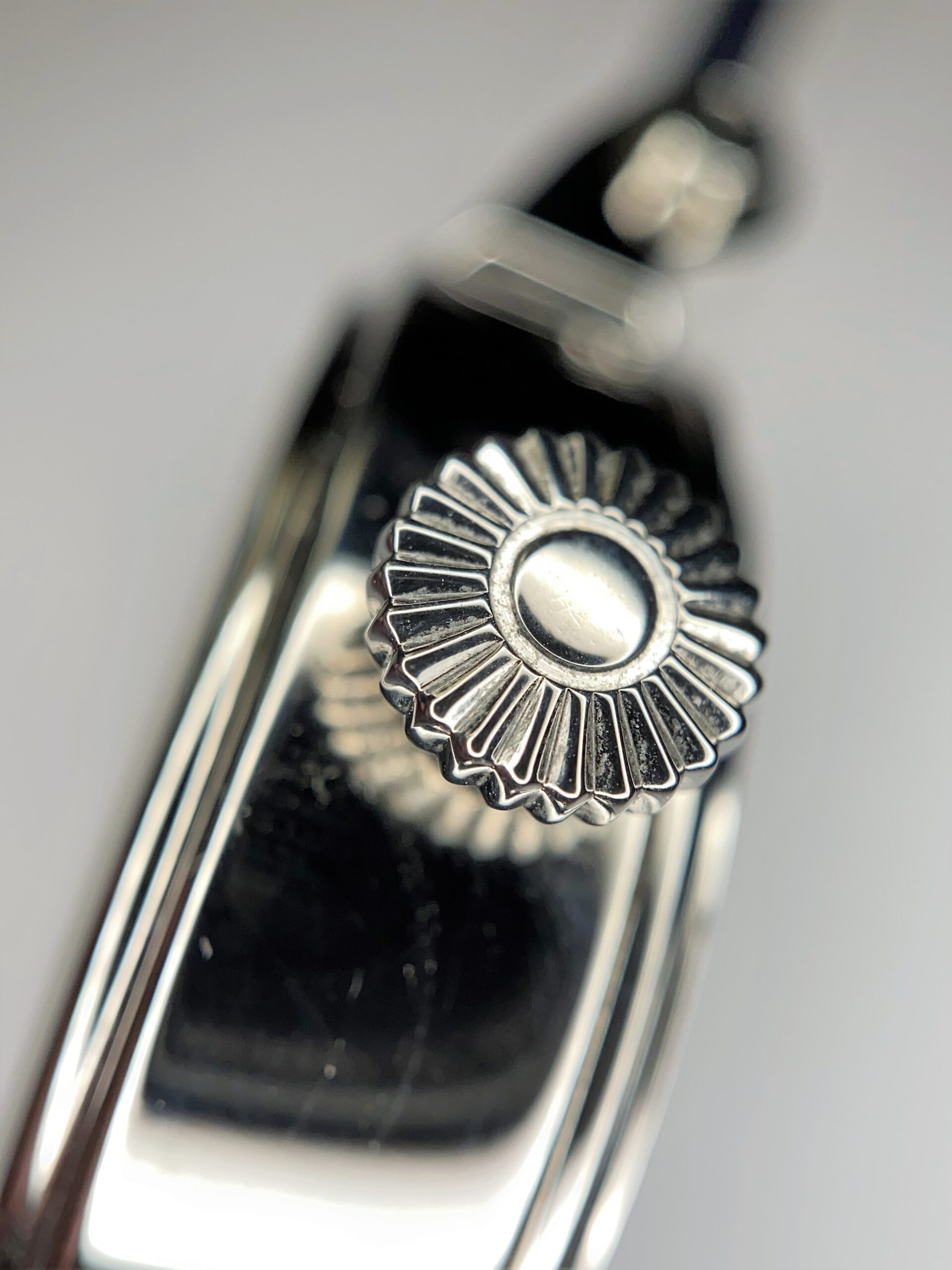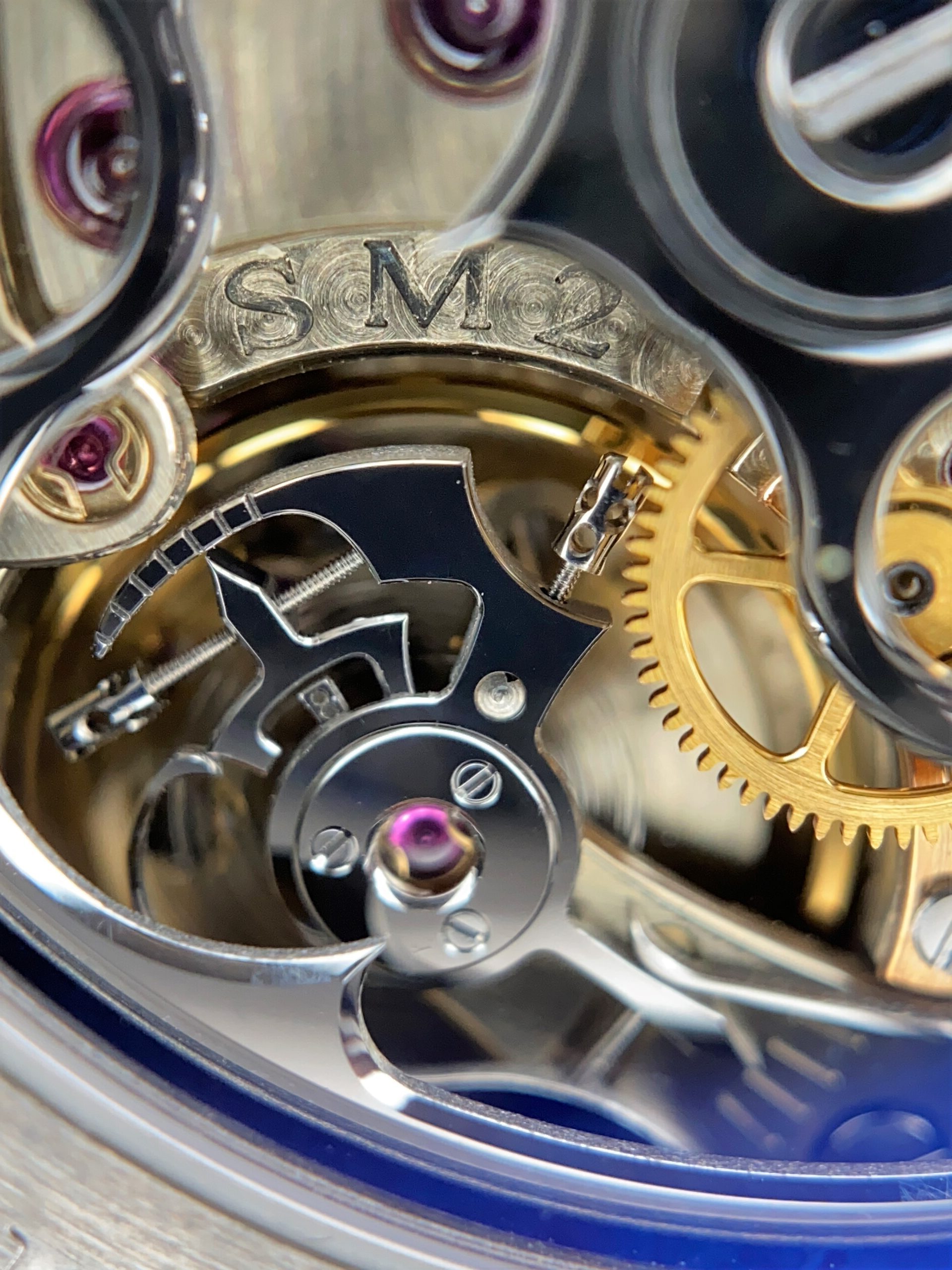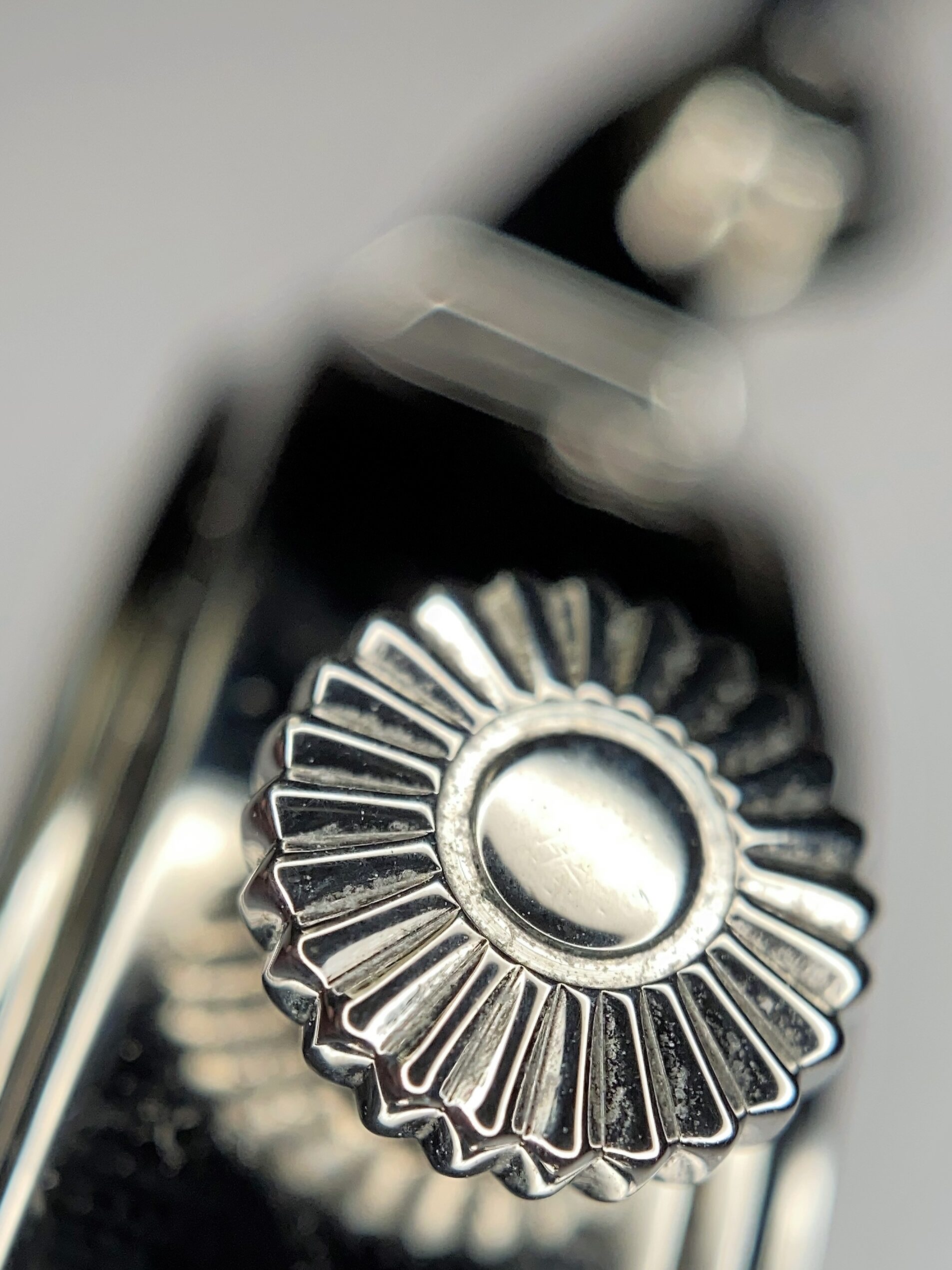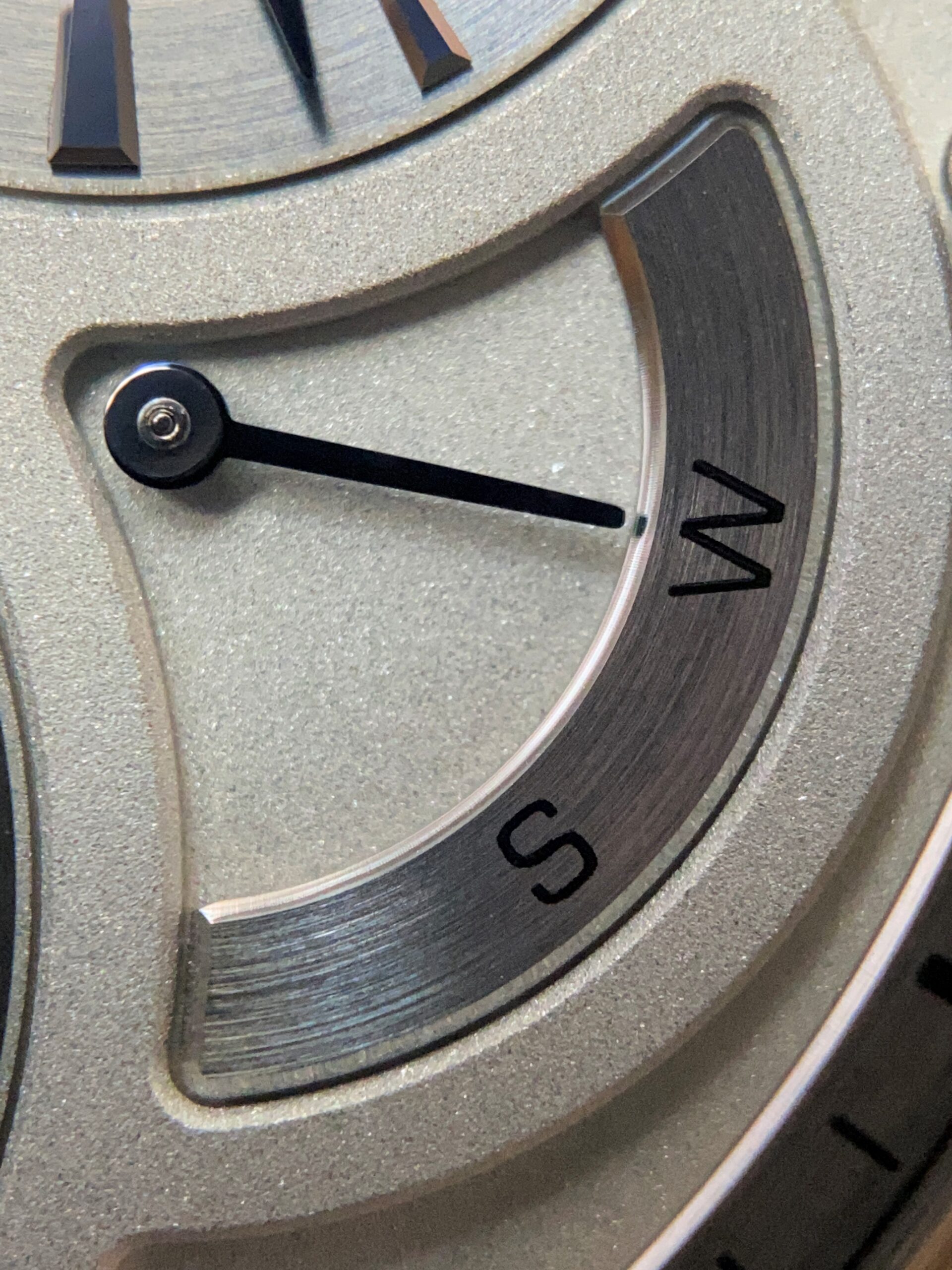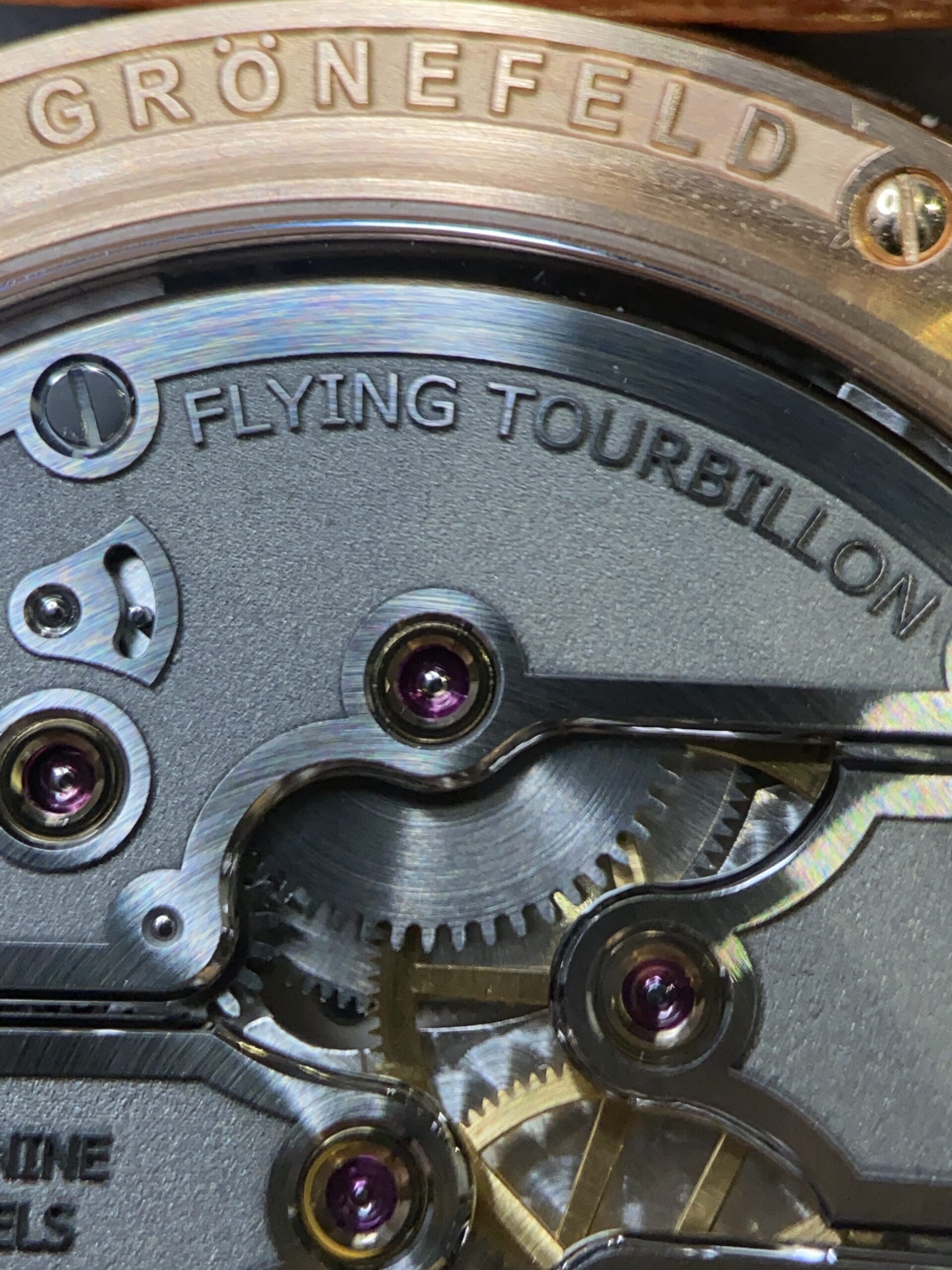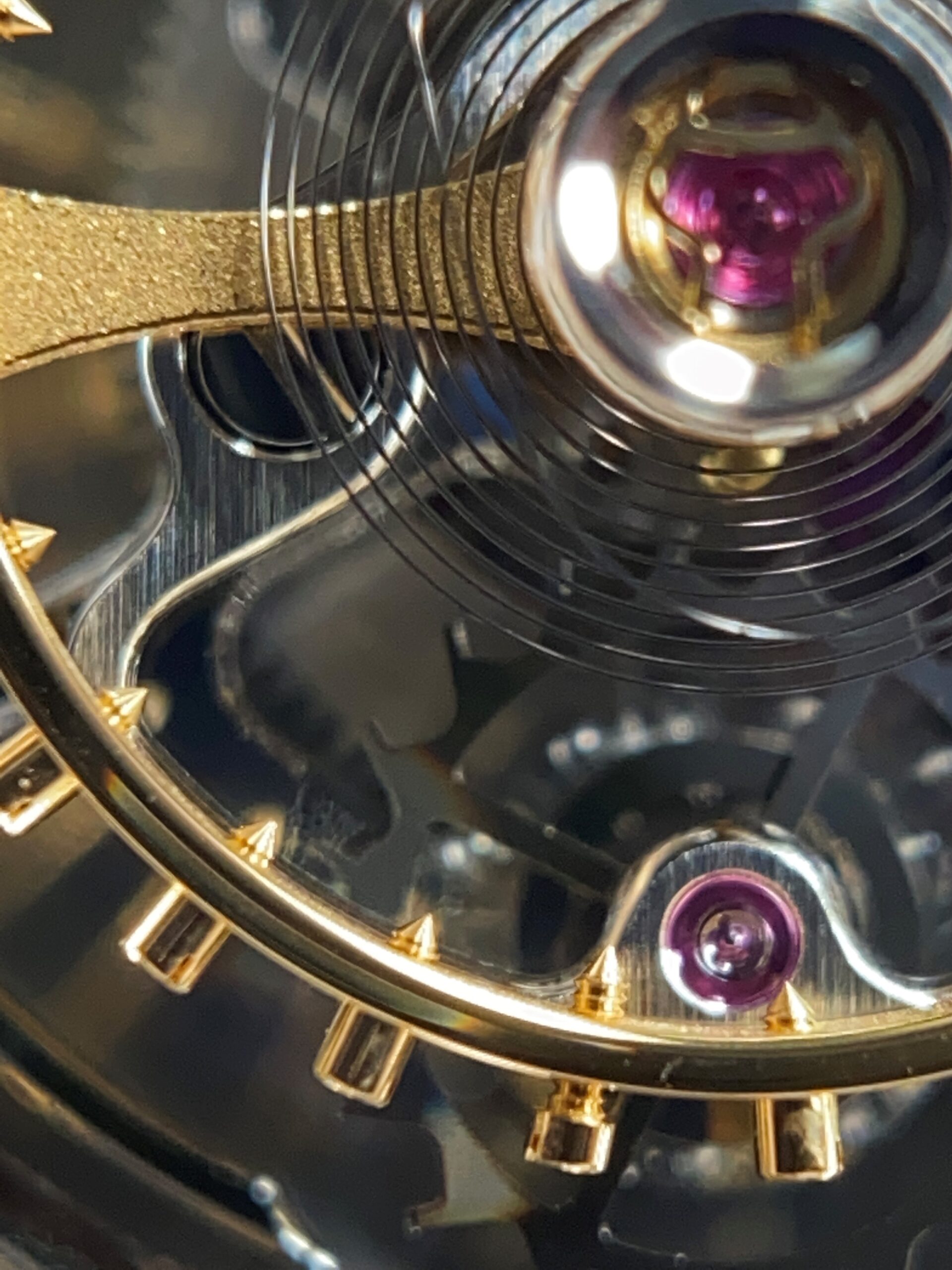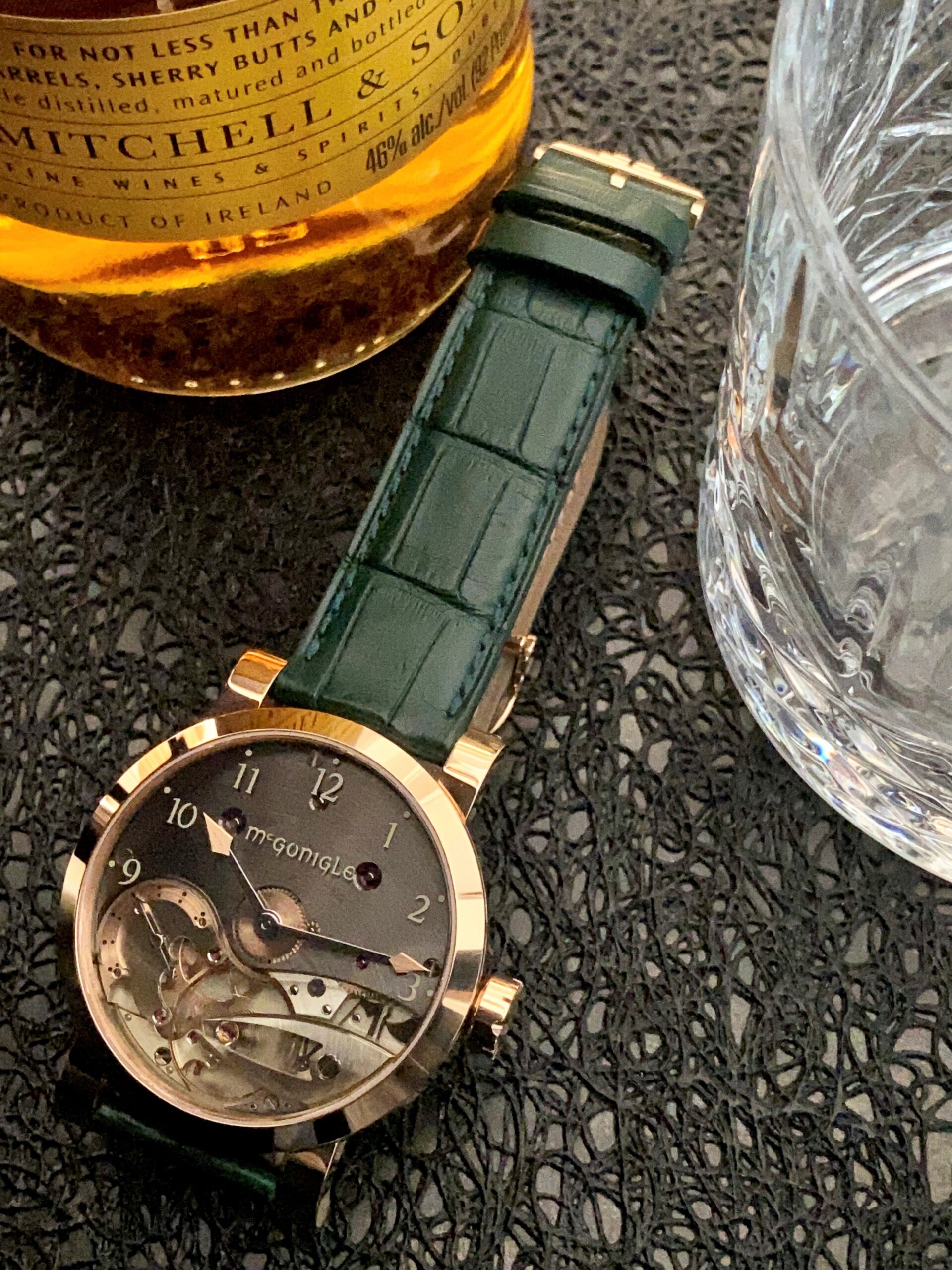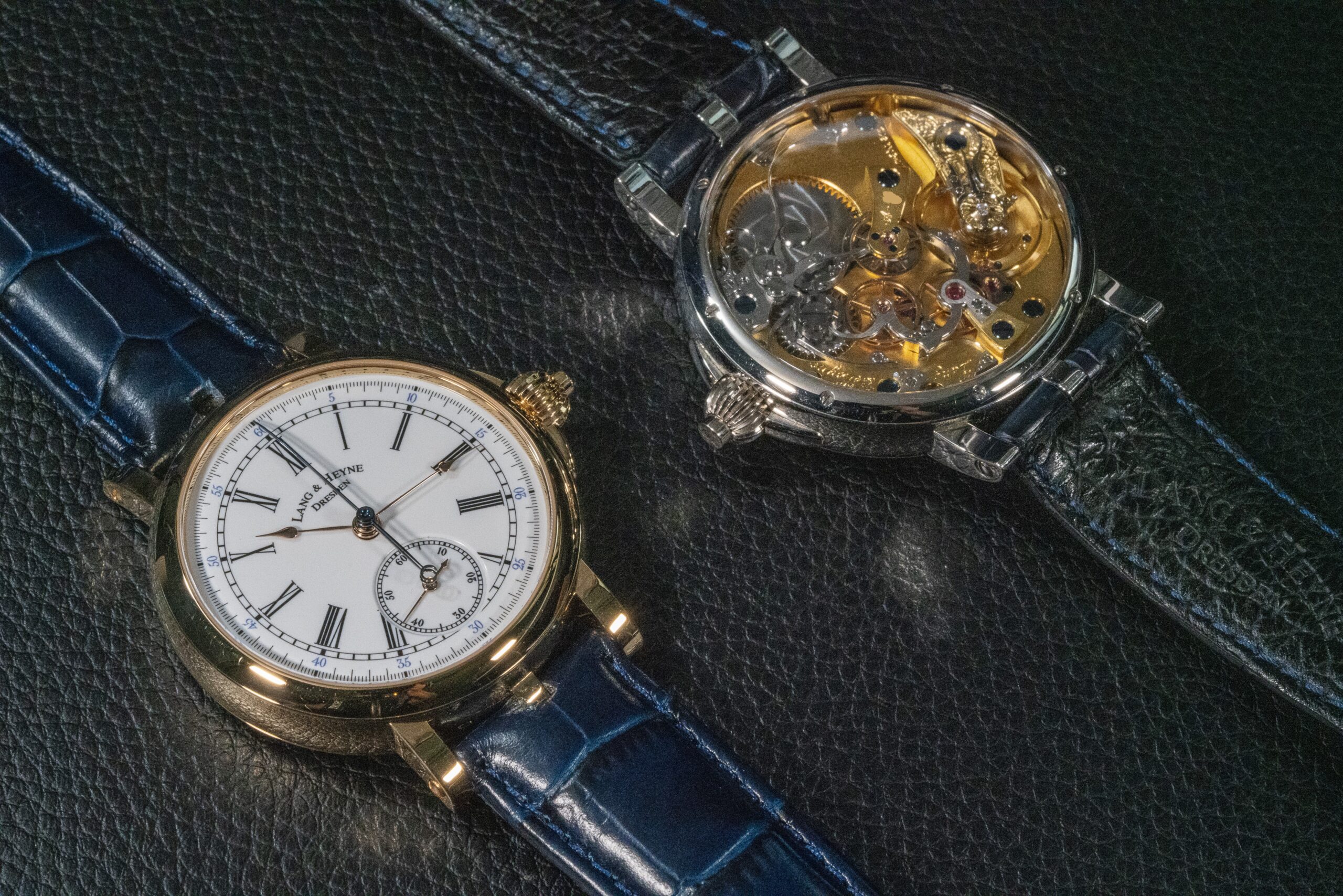My Road to Montblanc:

Aspiration and Anxiety
In the early 1900s, German cities like Hamburg (where Montblanc was founded) were bustling centers of trade, culture, and innovation. The middle class was growing, literacy was high, and there was a hunger for refinement and self-expression.
But after the war, life was hard. Veterans returned to shattered lives. Families struggled to afford bread, let alone books. Yet even in this hardship, there was a deep yearning for beauty, order, and meaning—a desire to reclaim dignity through culture and craftsmanship.
This was also a time of cultural revolution. German thinkers, artists, and designers were reshaping the world. The Bauhaus movement (founded in 1919) emphasized simplicity, function, and elegance—values that would influence everything from architecture to product design.
In literature, Thomas Mann and Rainer Maria Rilke explored the soul of a fractured society. In music, Mahler and Strauss pushed boundaries. And in the visual arts, Expressionism captured the raw emotion of a world in flux.
A Lineage in Ink and Imagination
Montblanc’s story begins in 1906, in a time of industrial innovation and cultural transformation. The company was founded by August Eberstein, a designer from Berlin, and Alfred Nehemias, a banker from Hamburg. Together, they envisioned a new kind of fountain pen—one that was simple to use, elegant, and reliable. Their early designs led to the creation of the Simplo Filler Pen Company, which would soon evolve into the Montblanc we know today
By 1910, the company had adopted the name “Montblanc,” inspired by the highest peak in the Alps—a symbol of excellence and aspiration. Just a few years later, in 1913, the now-iconic white star emblem was introduced, representing the snow-covered summit of Mont Blanc. It became a mark not just of luxury, but of craftsmanship and permanence. In 1924, Montblanc launched the Meisterstück—a pen whose name means “masterpiece”—and with it, a legacy was born.
That legacy resonates with me on multiple levels. First, there is the personal connection: Montblanc is headquartered in Hamburg, a city that also appears in the threads of my own family history. That shared geography gives the brand a kind of emotional gravity. When I hold a Montblanc pen, I feel not just the weight of its materials, but the weight of memory, of lineage, of place.
But my connection to Montblanc is not only ancestral—it is also purposeful. I began collecting pens during a season of interviews for a book project. I wanted each conversation to be marked by intention, and I found that writing with a Montblanc—especially one from the Writers Edition—brought a sense of ceremony to the act. These pens are not just named after literary giants like Mark Twain, Victor Hugo, or Jules Verne—they are designed to embody them.

The grooves on the Mark Twain pen, for instance, mimic the flow of the Mississippi River. When I run my fingers along them, I feel the current of Twain’s imagination

What surprised me most was how tactile these pens could be. I had always associated Montblanc with the sleek, black resin of the Meisterstück—elegant, yes, but not particularly personal. Then I discovered pens like the Ultra Black, the Alligator, and the Patrons of the Art in platinum coated art deco. These pens had texture. They had presence. They felt like objects of art, not just instruments of writing.
Montblanc’s designers are storytellers in their own right. They study the lives of the figures they honor and translate those stories into form, material, and detail. The Alfred Hitchcock pen spirals like suspense. The Marlene Dietrich pen curves like a spotlight. These are not just pens—they are narratives you can hold.
And so, Montblanc became more than a brand to me. It became a bridge—between past and present, between heritage and creativity, between the writer and the written. It reminded me that design is not just about how something looks, but how it feels. And in that feeling, I find connection.
Note – Some images AI generate
